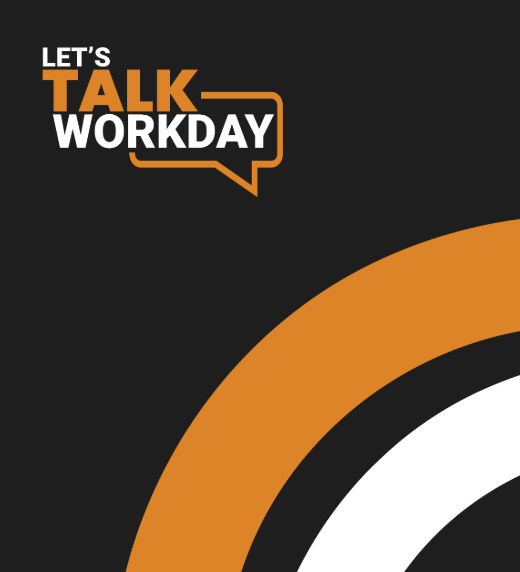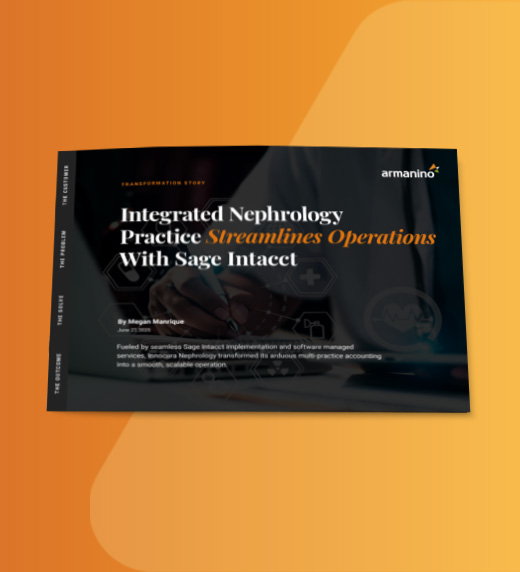
If your organization has misgivings that are holding you back from transitioning to the cloud, you may want to reconsider. As on-premise users battle ever-expanding hurdles like workforce shortages, evolving security threats and the maintenance of a physical data center, making the switch to the cloud makes more sense than ever — and the time to do so is now. Here’s why.
Table of ContentsAs you consider whether cloud services are right for your business, it’s crucial to understand the shared responsibility model, a cloud security framework that outlines the division of responsibilities between your organization and the cloud provider you select to ensure complete coverage and accountability. The responsibility differential depends on your organization’s type of deployment: software as a service (SaaS), platform as a service (PaaS), infrastructure as a service (IaaS) or an on-premise data center.
This example from Microsoft illustrates how the shared responsibility model changes as you shift from on-premise to other deployment methods:
In a cloud or hybrid model through a provider like Microsoft, you have the resources to offload many responsibilities to your cloud provider. This means you’re no longer shouldering costly, labor-intensive burdens (like physical data center maintenance) on your own.
A cloud model gives you the ability to streamline tasks, freeing up valuable time that allows you to focus on strategic activities – rather than feeling like you’re always treading water just to keep the lights on. You can pay for what you need only when you need it and scale your resources to quickly and easily meet changing business demands.
A hybrid model, which combines different components of on-premise, public and private cloud deployment models, could also be a good option if your organization is particularly concerned about cloud security and privacy. This model allows you to retain greater control over your data by providing the opportunity to keep sensitive data in a private cloud environment while still being able to reap the benefits of using a public cloud provider.
Additionally, as organizations struggle to fill open positions and contend with the ongoing challenge of finding capable resources, a cloud or hybrid environment offers solutions to fill critical gaps in your operations. Microsoft cloud capabilities, for example, can help you combat a dwindling workforce by making it possible to offload and automate repetitive, labor-intensive tasks. Cloud capabilities also can empower your organization to better embrace and enable a remote workforce and foster a culture of collaboration.
Conversely, in an on-premise environment, you own the whole tech stack. This means that you are responsible for everything from the ongoing costs of your physical network to security to third-party relationships to datacenter and licensing updates. Ask yourself the following questions:
The decision to move from an on-premise solution to a cloud provider can be intimidating. It can be tempting to put it off due to concerns about cost or the potential disruption to your business. But on-premise platforms are typically more susceptible to security risks, which begs the question: can you afford not to switch?
Cyberattacks and security threats continue to accelerate and grow increasingly sophisticated. In 2022 the typical mid-market company could expect to face between 56,000 and 86,000 cyberattacks. Globally the annual costs related to cybercrime are projected to reach $10.5 trillion a year by 2025 — up from $3 trillion in 2015.
The cloud offers significant advantages for solving longstanding information security challenges and provides protection against rapidly evolving security threats. Companies like Microsoft are investing millions of dollars into not only their data centers and frameworks, but also the security around them.
This means that if you store data in a Microsoft environment, for example, you get to take advantage of Microsoft’s robust data security measures like built-in controls, end-to-end disaster recovery and round-the-clock security to monitor infrastructure so you don’t have to. Additionally, cloud solutions like Microsoft Azure offer protection policies that extend data security to approved apps on personal devices, providing safeguards for any work-from-home scenario. This further empowers remote employees and fosters remote work flexibility, without any added security risk.
In contrast, organizations using on-premise platforms are solely in charge of their own cybersecurity measures, making them more vulnerable to security breaches and prone to data loss. For instance, if you are operating within an on-premise environment, you are likely contending with limited resources to invest in security. This creates an environment where attackers are able to exploit vulnerabilities at all layers.
Additionally, because on-premise systems often have less robust disaster recovery solutions than cloud providers, unexpected events like hardware failures and power outages can leave you plagued by data loss and scrambling to get back up and running, potentially losing revenue in the interim. And if a breach occurs, you’re left to address the financial fallout and battle reputation damage all on your own.
Making the transition from on-premises infrastructure to cloud software can feel daunting. With the right approach, however, it can be a transformative experience for your business. Microsoft’s Accelerated Implementation Methodology (AIM) is a useful framework for businesses to follow that makes the transition to the cloud smoother and more efficient.
Here’s how Microsoft’s AIM makes moving to the cloud manageable and sets your business up for long-term growth and success.

Want to display this infographic on your site? Copy and paste the following code. Be sure to include attribution to armanino.com with this graphic.
The prospect of switching from an on-premise system to a cloud environment can seem daunting. But in a landscape of evolving security threats, a shrinking workforce, costly datacenter maintenance and scalability issues (and your top competitors moving to the cloud), the risks of staying on premise may well outweigh the benefits.
By making the switch, you can maximize your organization’s resources and capabilities, bolster your cybersecurity defenses, get valuable peace of mind — and help set your organization up for sustained long-term success.
Contact our business application software consultants to learn more how switching to a cloud provider can benefit your organization and accelerate your digital transformation.


